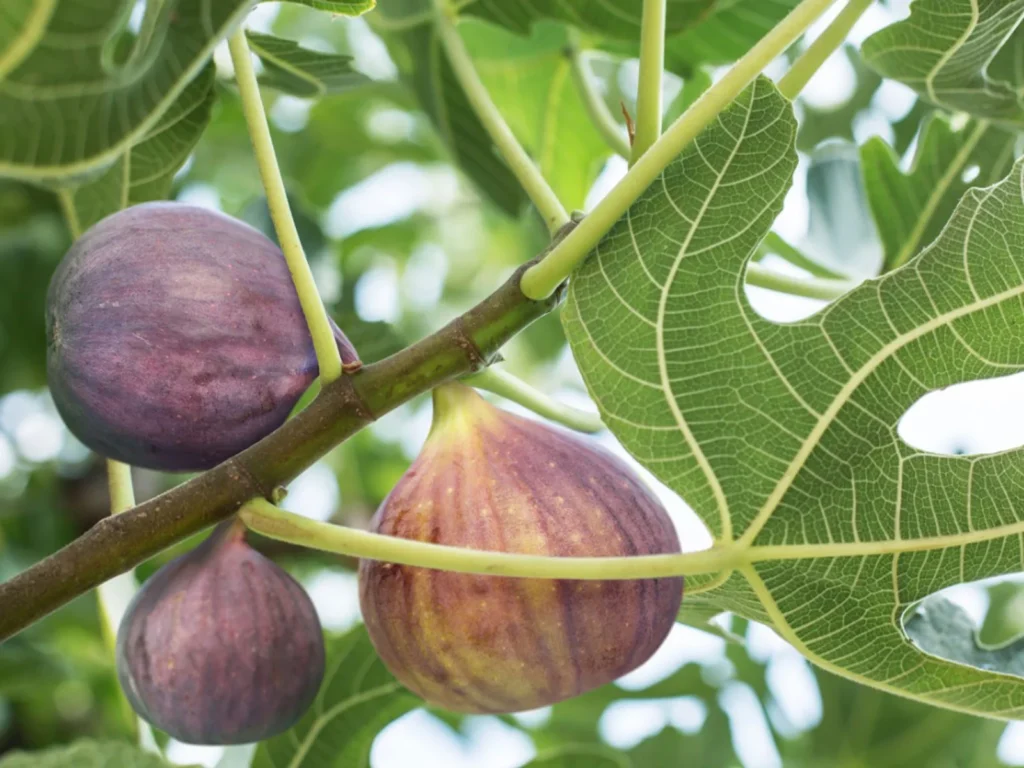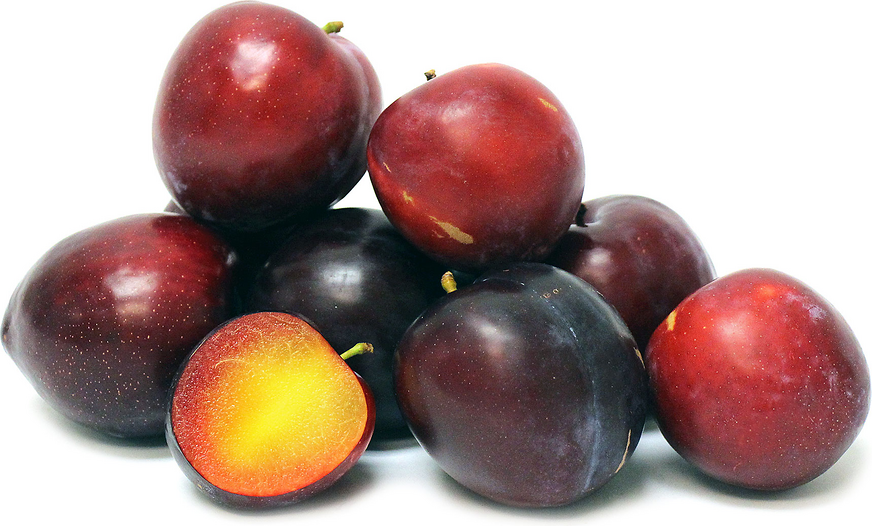Fruits come in different flavors—from very sweet to very tangy. They can all be yummy and good for your health. But you might wonder whether sweet or sour fruits are better for you. Read on to learn about the nutrition in both types of fruits so you can make the best choices for your diet.
Table of Contents
- Sweet Fruits
- Acid Fruits
- The Sweet Benefits
- 1. Instant Energy
- 2. Full of Antioxidants
- 3. Helps Digestion
- The Mouth-Puckering Benefits of Acid Fruits
- 1. Full of Vitamin C
- 2. They Can Help Balance Your Body’s pH
- 3. They Have Fewer Calories
- Sweet Vs Acid Fruits: A Comparison
- To Wrap It Up: Which Type Is Healthier?
Sweet Fruits
Sweet fruits are the ones that taste sugary. Examples are apples, oranges, bananas, grapes, nectarines, peaches, and pears. Because of the natural sugars in them, like fructose and glucose, they have a sweet taste that many people love.
These fruits are full of important vitamins and minerals, including Vitamin C and potassium. They make yummy snacks or desserts and are a great way to get some of the important nutrients your body needs every day.
Acid Fruits
Acid fruits are the kind that taste sour or tart. They include lemons, limes, grapefruits, strawberries, pineapples, and raspberries. These fruits have lots of acids, like citric acid, which makes them taste tangy.
Not only are they packed with vitamins and minerals, like Vitamin C and folic acid, but acid fruits are also rich in fiber. They help you get the nutrients you need, can aid digestion, and are good for your skin.
The Sweet Benefits
Sweet fruits are treats from nature, filled with sugars that can give you a quick burst of energy. People who like sweet flavors often choose these fruits for their taste and health benefits.
1. Instant Energy
Bananas, apples, and grapes can give you a quick energy boost because they are loaded with sugars. They are perfect to eat before exercising or when you need to fight off tiredness during the day.
2. Full of Antioxidants
Sweet fruits have antioxidants such as Vitamin C and other good stuff called phytochemicals. These help fight off damage to cells in your body, which is important for keeping you healthy and preventing sickness.
3. Helps Digestion
Many fruits with sweet tastes have a lot of fiber, which is good for your stomach and helps you digest food better. Eating fruits rich in fiber helps avoid constipation and keeps your digestion system working well.
The Mouth-Puckering Benefits of Acid Fruits
Acid fruits have a bold and zesty flavor that may take some getting used to, but their health rewards are impressive.
1. Full of Vitamin C
Oranges, kiwis, and lemons are just a few acidic fruits with lots of Vitamin C. This vitamin is really important for your body. It helps make collagen, boosts your immune system, and keeps your skin healthy.
2. They Can Help Balance Your Body’s pH
Even though acidic fruits taste sour, they can help make the inside of your body less acidic. This balancing act is good for your health and might help prevent some illnesses.
3. They Have Fewer Calories
Acid fruits are usually not high in calories, which makes them a good choice if you are watching your weight. You can enjoy their unique flavors without worrying about eating too many calories.
Sweet Vs Acid Fruits: A Comparison
Here’s a table that compares sweet and acid fruits on different things like taste, sugar, and how healthy they are in various ways:
| Features | Sweet Fruits | Acidic Fruits |
|---|---|---|
| Taste | Sweet and flavorful | Zesty and sour |
| Sugar Level | Usually higher | Usually lower |
| Energy | Provides quick energy | Also provides quick energy |
| Antioxidant Power | High in antioxidants | Very high in vitamin C and antioxidants |
| Fiber Richness | High fiber contents | Amount of fiber varies but often lower |
| Vitamin C | Varies, but usually moderate | Very high |
| Body’s pH Balance | Less effect | Helps reduce body’s acidity |
| Calories | Varies, some are high | Low in calories |
| Digestive Health | Supports good digestion | Also supports digestion |
| Weight Control | Eat in moderation due to sugar | Can eat more freely since they have fewer calories |
This table gives you a simple idea of what sweet and acid fruits are like, but remember that each fruit has its own set of nutrients.
To Wrap It Up: Which Type Is Healthier?
Actually, both sweet and acidic fruits are good for you and bring different benefits to your diet. The best thing to do is eat a variety of fruits regularly. This way, you can take advantage of all the different vitamins, minerals, antioxidants, and fibers they have to offer.
Instead of picking just one type, try to enjoy both sweet and tangy fruits. From the juicy sweetness of strawberries to the sharp tang of grapefruit, each fruit adds valuable nutrients to your diet. Enjoy the variety and let the natural goodness of fruits help keep you healthy.









